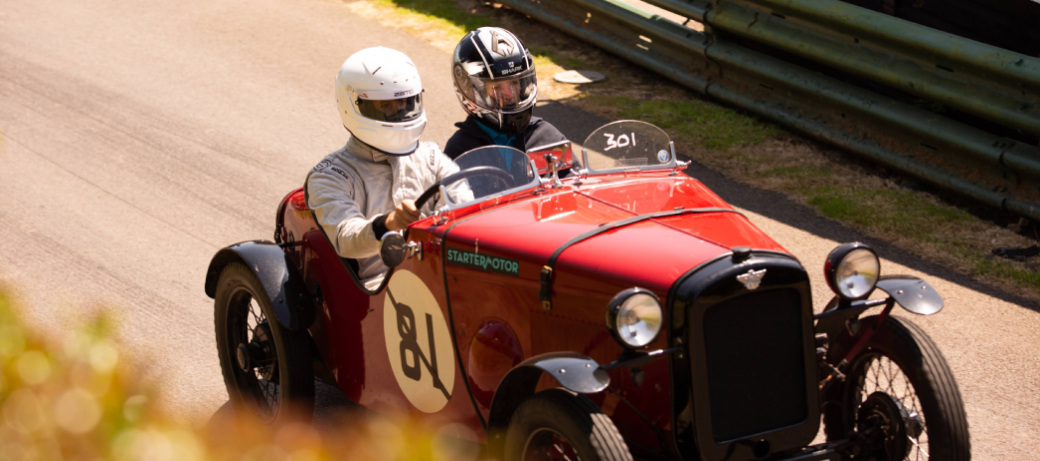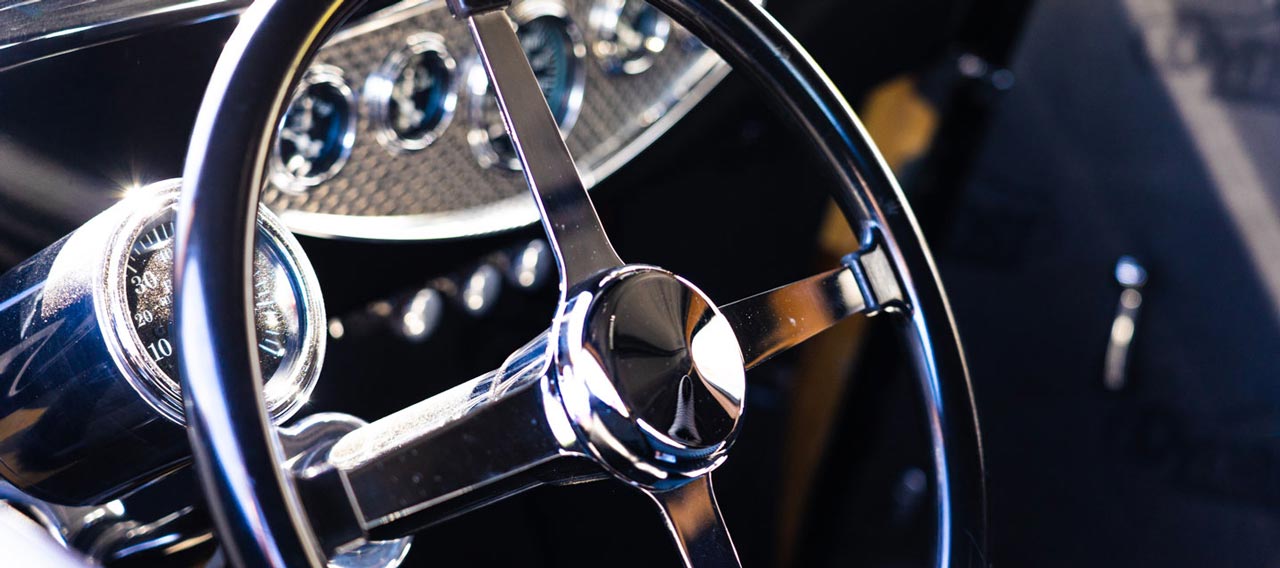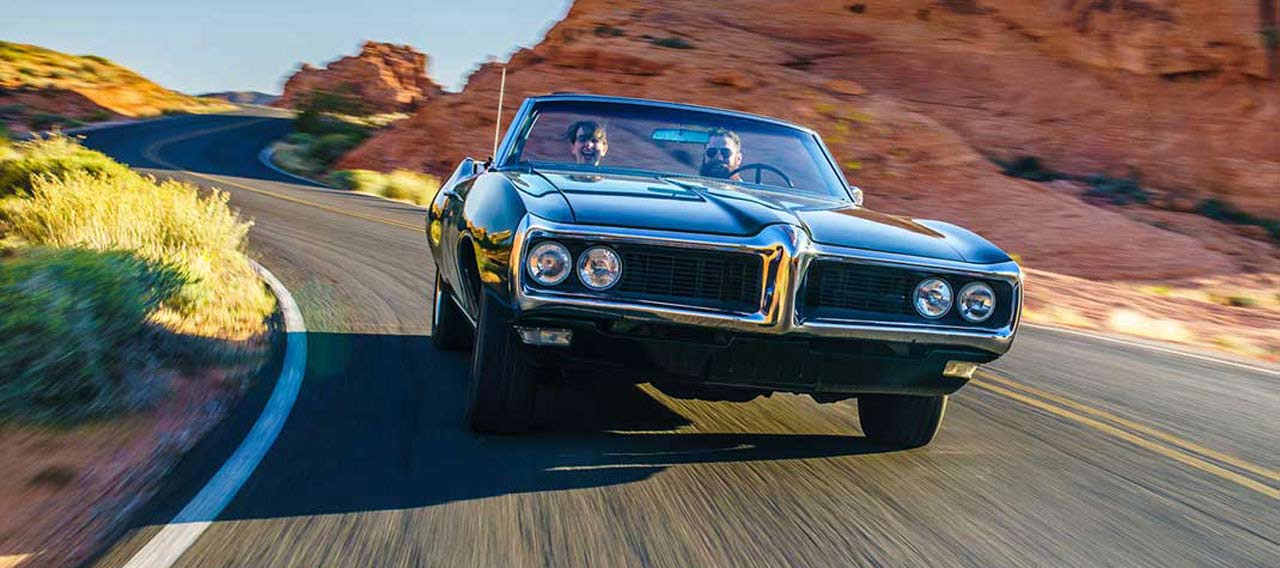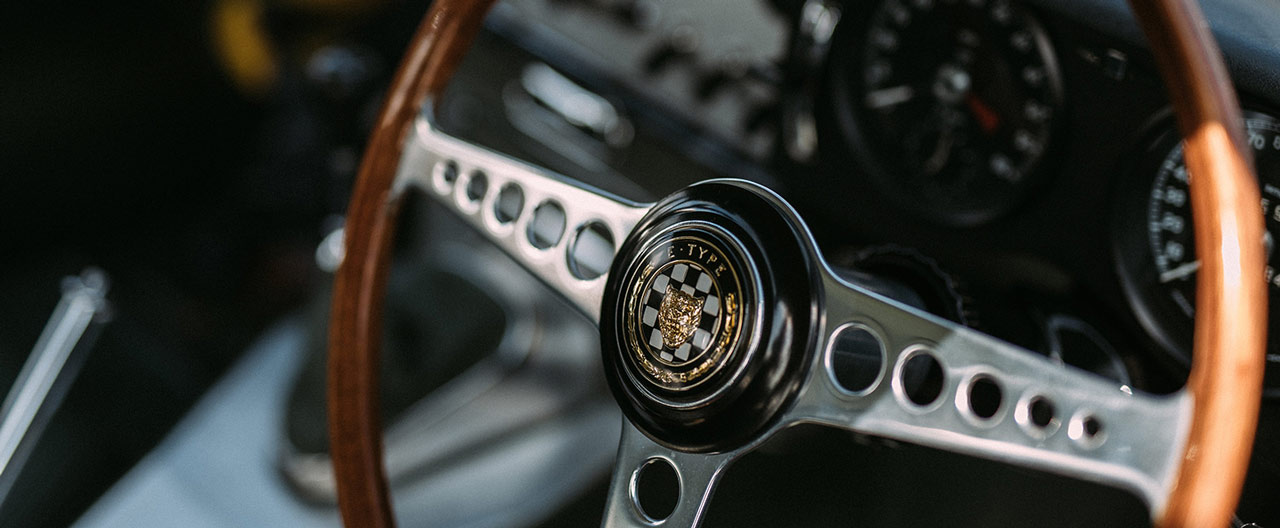- Businesses
- Individuals & Families
- Partnerships
- Brokers

Chubb Climate+ spans major industries, with a goal of enabling climate change progress in a meaningful way.


All Chubb policyholders are eligible for cyber services. Get the most value from your Chubb policy and schedule a consultation today.

In a complex world, Chubb’s support for multinationals and their brokers when choosing the right cover has never been more valuable.

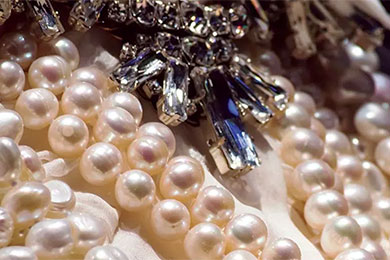
As one of the world's largest providers of jewellery and fine art insurance, you can count on our unparalleled service and expertise, offering some of the broadest protection available.
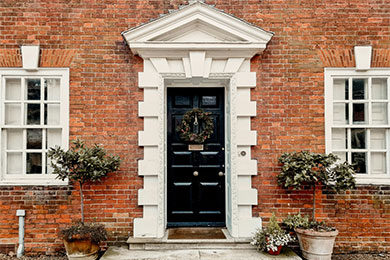
As pioneers of using in-house appraisers to help clients establish the value of their property, and mitigate the risk of loss, our appraisal service is a key reason why owners of fine homes and high value possessions around the world choose Chubb

Build your business by providing the protection your customers need – it’s insurance for the new possible.

The seamless, secure, and scalable engine behind new possibilities for your company and customers.

-
About
About UsWho We AreFinancial & Regulation
- Claims
-
FCA Regulation
-
Contact
Chubb CareersComplaints
-
BackSuggested Searches
It’s a sad fact that as the years roll by, the number of classic racing cars – vehicles dating from the golden age of the sport up to 100 years ago – is in decline. Time, alas, takes its toll in the form of mechanical failures, decay and the occasional theft to order. The flip side of the coin, of course, is anyone owning a roadworthy Bentley circa 1927 is watching its value climb inexorably
While it’s fair to say that classic racing vehicles don’t attract the same ultra-high price tags as their fully road-legal counterparts, the age-old challenge of supply and demand creates some serious interest. To accelerate this inflation, many owners ‘shrink-wrap’ their vehicles in order to preserve their condition. While all the major classic marques have performed well in terms of value over recent years, considerably outperforming the FTSE100, the Financial Times noted that race cars are at a premium – particularly anything driven by the late great film star Steve McQueen. A 1967 Ferrari 275 Spider, identical to the one driven by the actor in The Thomas Crown Affair was sold for an eyewatering $27.5m in 2013.
Theft to order is one of the main risks facing this class of vehicle. After all, no one opportunistically steals Fangio’s 1954 Mercedes-Benz W196 Formula One car. There is a problem, though. Most expensive vehicles can be fitted with a tracking device, the recovery rate of which is around 90%; but classic racing cars either can’t be modified to take the device or their batteries do not generate sufficient electric charge to power the tracker. Because of this, crime prevention needs to play a greater role in protecting these vehicles.
That’s where specialist insurance protection comes in. For example, where there’s a large collection, Chubb’s, highly skilled appraisers can inspect where the cars are stored so that we can advise the owner on the most effective ways to deter criminals.
And when it comes to protecting a car’s value, Chubb offers a unique element of cover under its Masterpiece policy; diminution in value. Should a vehicle’s value drop following a repair as a result of a claim, diminution in value reimburses the difference.
But it’s not just the car itself that’s important in maintaining value; the documents associated with it are surprisingly influential. Medals, race certificates, newspaper cuttings, proof of a previous owner’s identity – all these items that form the car’s provenance have an impact on a buyer’s perception.
If, for example, Steve McQueen did own or drive a vehicle, a photograph of him at its wheel clearly brings that to life and enhances the vehicle’s attractiveness. Damaging a key document can result in as much as £50,000 wiped off the vehicle’s sale price at auction. This is where a specialist insurer can, again, save the day. As a fine art specialist, Chubb works closely with document restorers who may be able to repair a race certificate to come close to original condition.
These are just a few of the factors that influence a classic racing car’s value.
All content in this material is for general information purposes only. It does not constitute personal advice or a recommendation to any individual or business of any product or service. Please refer to the policy documentation issued for full terms and conditions of coverage.
For more information on Chubb in the UK click here.
Insights and expertise
